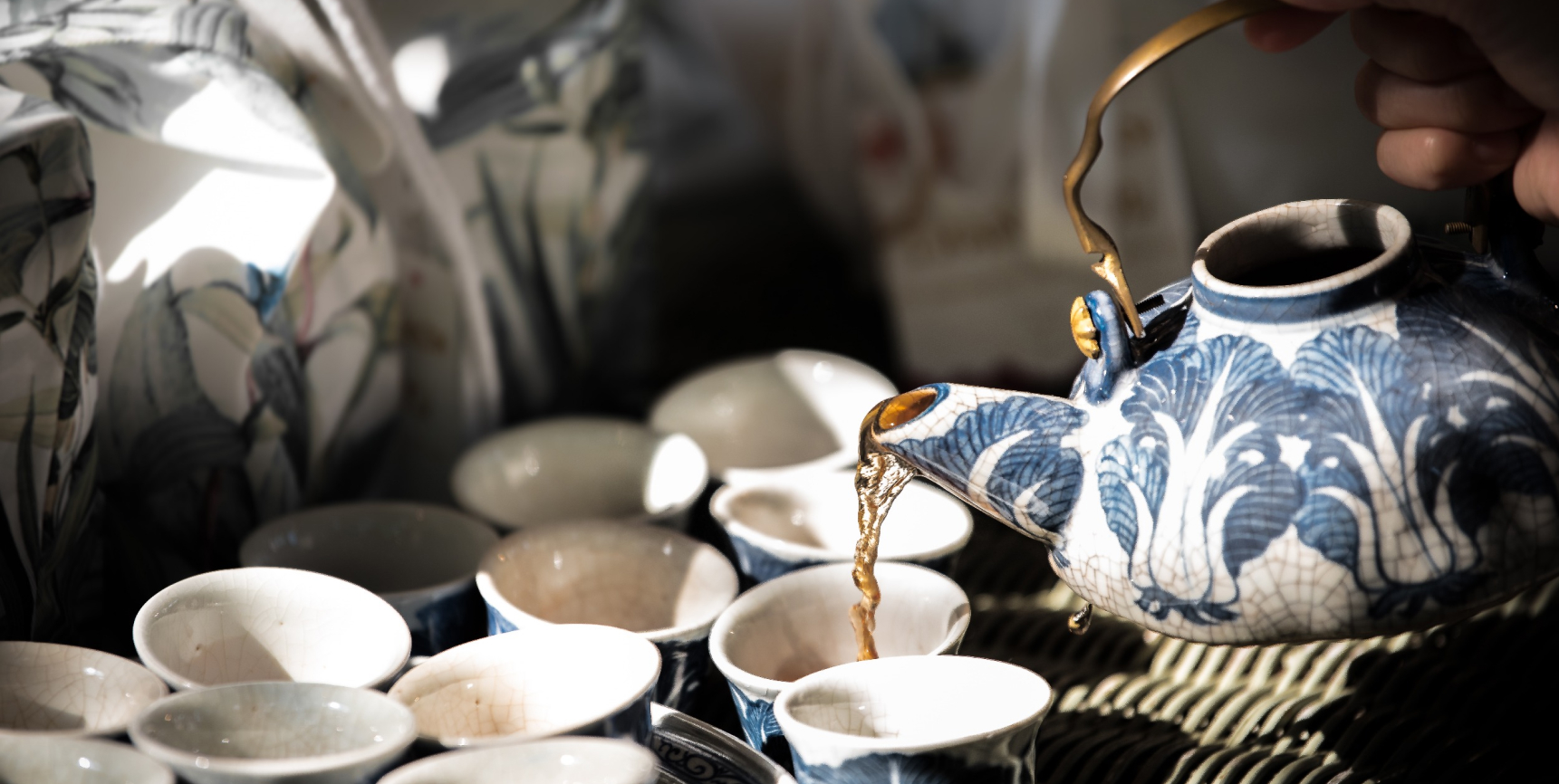
How To Make Apricot Wine Recipe At Home?
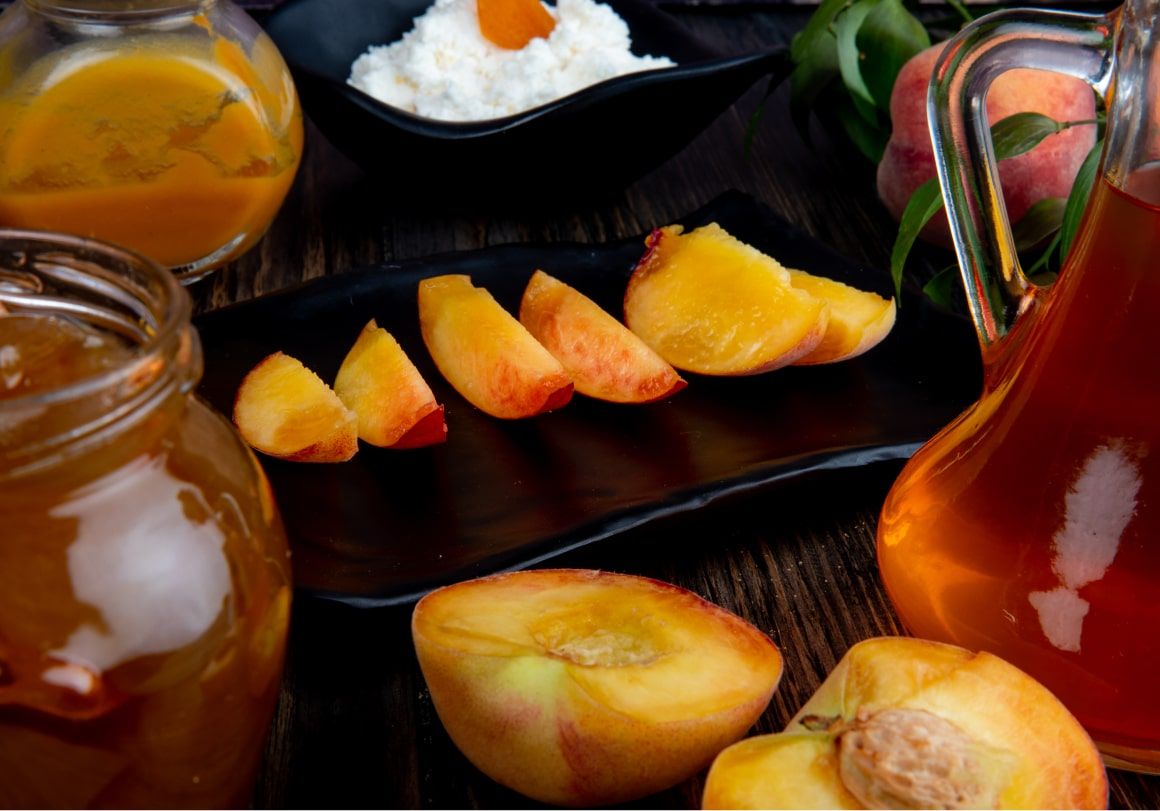
10/05/2024
Crafting your own wine at home can offer a deeply satisfying and delightful experience, especially when you choose to make something as unique and flavorful as an apricot wine recipe.
Picture yourself selecting the ripest apricots, carefully crushing them to release their vibrant flavors, and then fermenting this fruity essence with a crisp white wine base. The result is a delightful fusion of the tangy sweetness and velvety wine texture, offering a sensory journey with every sip.
Imagine savoring your homemade apricot wine on a balmy evening or presenting it as a heartfelt gift to a friend or loved one. For those passionate about wines, enthusiastic homebrewers, and culinary adventurers, this comprehensive guide will provide a step-by-step walkthrough to craft your exclusive batch of apricot wine from scratch.
1. Main ingredients and equipment for apricot wine recipe
Before you dive into this section, it's crucial to note that the choice of ingredients may vary depending on whether you intend to craft the wine in a Western or Eastern style.
The Western version of apricot wine typically includes apricots, sugar, a yeast activator to aid in fermentation, and a white wine base.
On the other hand, Eastern-style apricot wines may rely on natural fermentation, where the sugars in the fruit are converted into alcohol by the naturally occurring yeasts present on the skin of the fruit.
Now that you have an idea of what to expect let's gather all the necessary ingredients to create the perfect apricot wine.
1.1. Apricots: The heart of the wine
The secret to crafting a fantastic apricot wine is the freshness and ripeness of apricots.
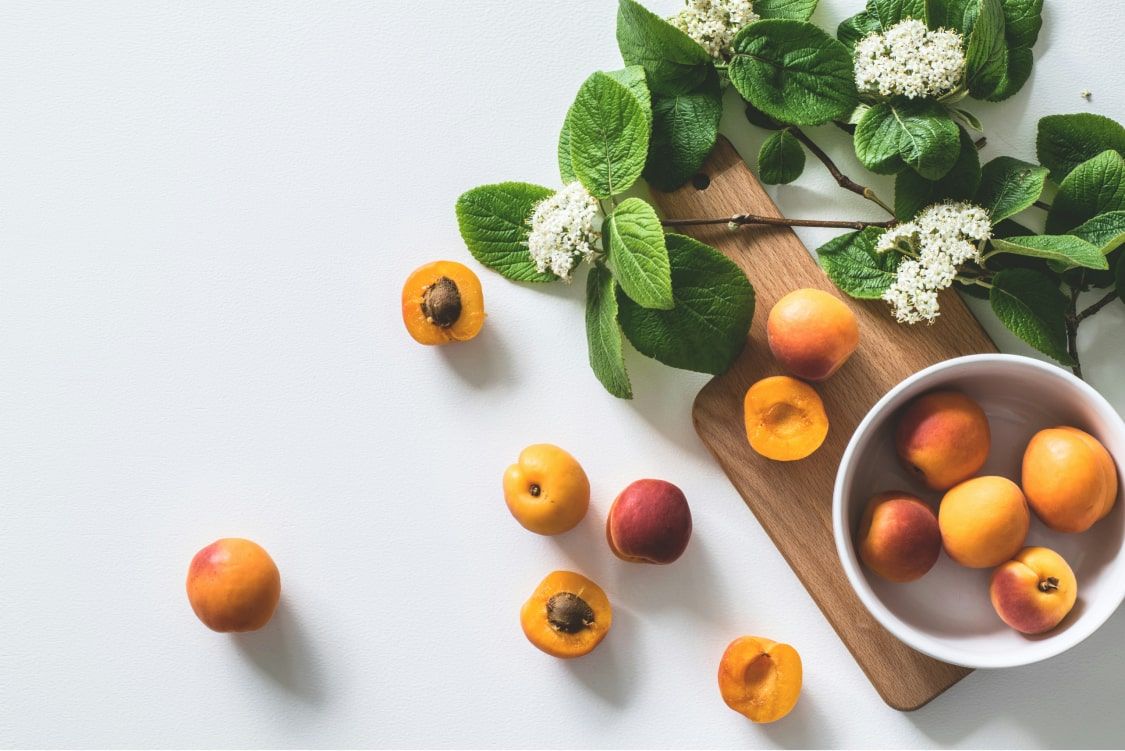
- Western style: the apricots should be soft and sweet with deep orange hue.
- Eastern style: choose apricots that have slightly golden color, medium softness, and a hint of sourness.
You should avoid young, bitter apricots as they can make your wine taste sour and lack sweetness.
For a more intense flavor, consider using dried apricots. A dried apricot wine recipe is ideal for fall and winter when fresh fruit is not readily available.
1.2. Sugar: Sweetening the wine
Sugar plays a crucial role in winemaking as it helps balance out the tartness of apricots and provides nourishment for yeast during fermentation.
- Western style: Demerara sugar is popular in Western winemaking for its natural nutrients and depth. Its caramel hints enhance apricot wine, creating a delightful fusion of flavors.
- Eastern style: Rock sugar is often used for a unique touch. Unlike granulated sugar, rock sugar adds a subtle sweetness that compliments wine production.
1.3. White wine: The drink base
The white wine you select will act as a base and contribute to the overall flavor of your apricot wine.
- Western style: a crisp white wine like Sauvignon Blanc or Pinot Grigio will add a refreshing note to your apricot wine.
- Eastern style: consider using rice wine or sake as the base for an authentic Asian twist.
The wine’s alcohol content can influence its taste and intensity. If you prefer a milder fruity taste, choose a wine with lower alcohol content. For a stronger flavor, go for a wine with higher concentration.
1.4. Wine container: The wine guardian
Your wine container acts as the guardian of your precious wine throughout the fermentation process. Ensuring a tight seal is crucial to prevent oxygen from spoiling the wine, while allowing gasses to escape.
Consider using a glass container with a secure lid for a hygienic environment. Alternatively, you can use wooden wine barrels for extra protection. These barrels not only offer a hygienic space but also introduce an additional layer of richness and complexity to the fermentation process, enhancing the overall flavor profile of your wine.
2. Step-by-step recipe for apricot wine
The recipe for apricot wine is also different between Western and Eastern cultures.
- In Western countries (e.g., UK, Germany, and France): the apricot is often crushed or chopped to release the juice and develop the full taste of the wine.
- In Eastern countries: (e.g., Japan, China, Vietnam): the apricot is not chopped but soaked whole in alcohol. This method allows the apricot to slowly infuse the alcohol with its distinctive taste over time.
2.1. Step 1: Preparing the ingredients and equipment
Below is the ingredient list for a standard 5-liter batch of apricot wine.
Ingredients
- Fresh apricots: 2.5 kilograms. If using dried apricots, opt for 1.5 kilograms and ensure they are rehydrated before using. Depending on whether you follow the Western or Eastern method, you should prepare the apricot accordingly.
- Sugar:1.5 kilograms - may vary depending on the sweetness of the fruit
- White wine: 4 liters at room temperature
- Wine yeast (optional): For Western method, add 1 teaspoon of pectin enzyme and/or wine yeast for a healthy fermentation process.
Equipment
- Wine container: 5-liter container, thoroughly washed and sanitized.
- Airlock: To seal your container
- Blender or knife (optional): For chopping and blending the apricots
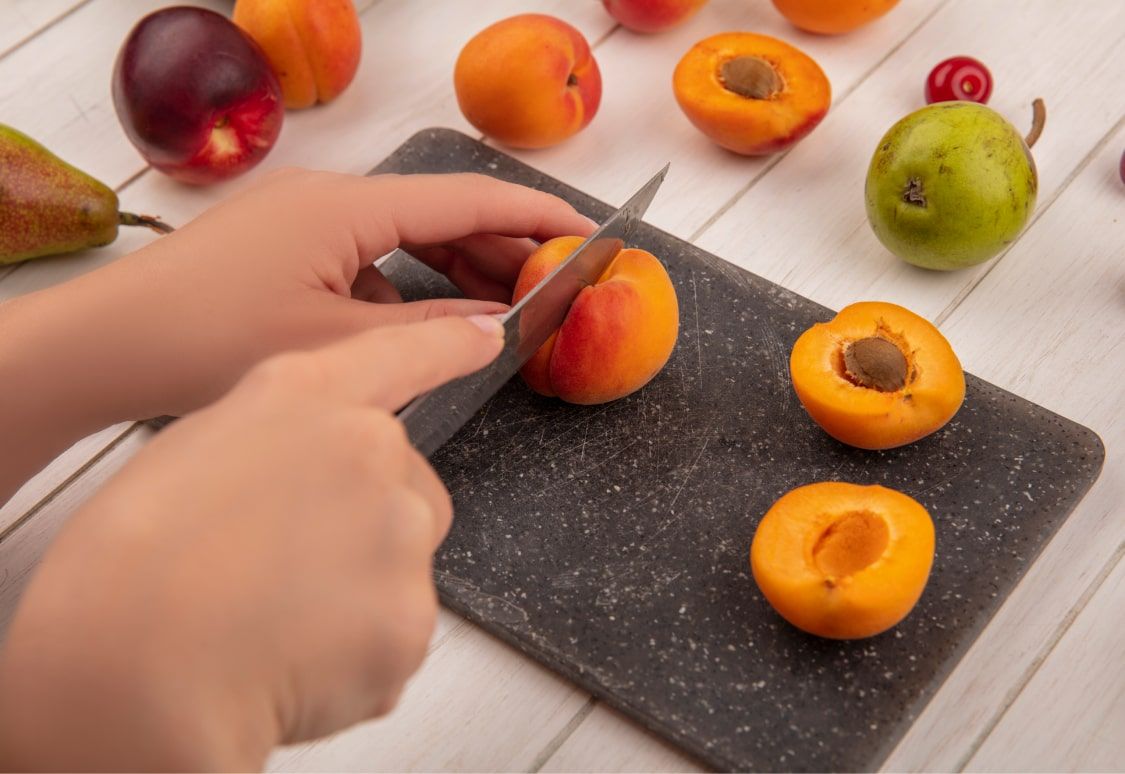
Step 2: Soaking and fermenting the apricot wine
Place the apricots in the wine container and layer sugar over them. Cover the mixture with white wine, ensuring the liquid reaches just below the container's rim to allow space for apricot juice.
Once you put all your ingredients in the container, secure the airlock on the container and store it in a dark place with a consistent temperature, ideally around 70°F (21°C).
- Eastern method: Allow the mixture to ferment. Stir it each day to dissolve the sugar evenly.
- Western method: Once the apricots have soaked for 7 days, take them out and mix in 1 teaspoon of yeast activator to start the fermentation process.
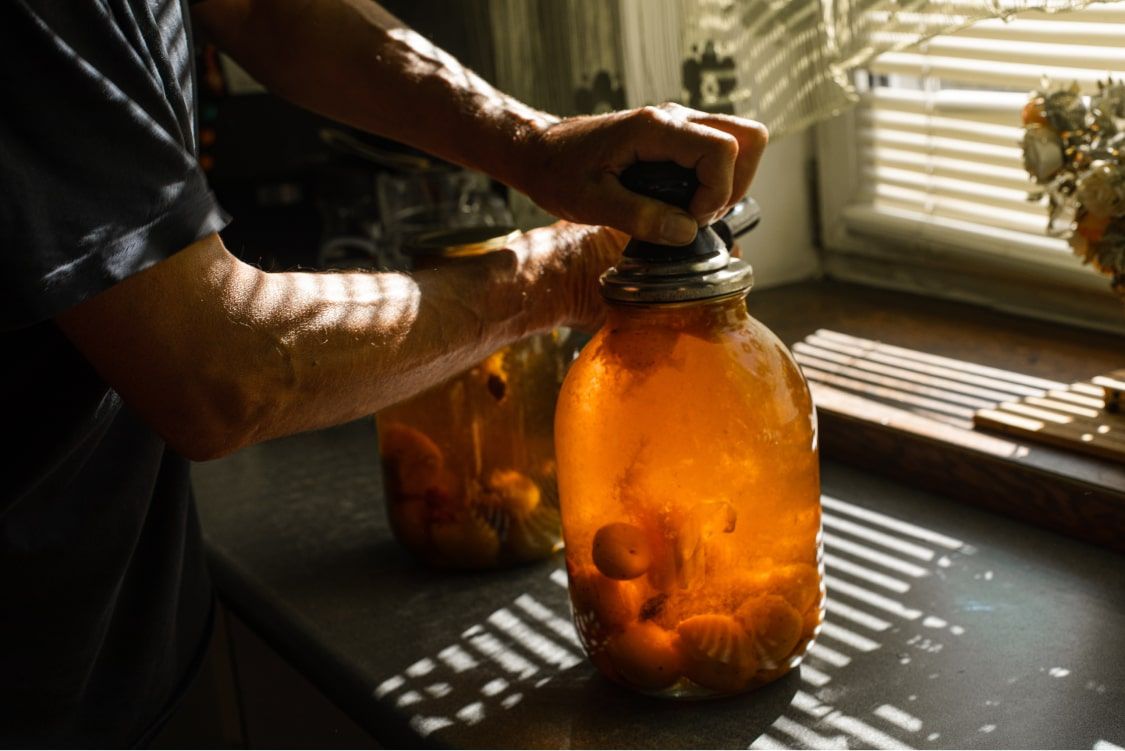
Step 3: Waiting for result
Fermentation can be a waiting game, lasting from several weeks to a few months. You will know the wine is ready when the airlock stops bubbling and there are no visible signs of fermentation.
Once your apricot wine reaches readiness, use a siphon to transfer it into fresh glass bottles. This step ensures any sediments from the fermentation process are left behind.
Where to buy high-quality apricot wine?
If you're looking to enjoy apricot wine without the wait or effort, Coco Rishu from CocoFood is your go-to choice.

Crafted from hand-picked golden apricots harvested from the rugged terrains of Yen Tu during the spring season, Coco Rishu embodies the essence of Vietnamese traditional apricot wine recipe in a modern light. Every sip of Coco Rishu evokes mindfulness, whisking you away to the tranquil and spiritual landscapes of Yen Tu.
Soaked in premium distilled wine and meticulously fermented in a cave for years, the refreshing essence and unforgettable taste of Coco Rishu are sure to delight any wine lover.
Experience the unique and exquisite flavor of Coco Rishu by ordering now at cocofoodvn.com or visiting our physical stores. Cheers to a delightful and refreshing apricot wine experience!


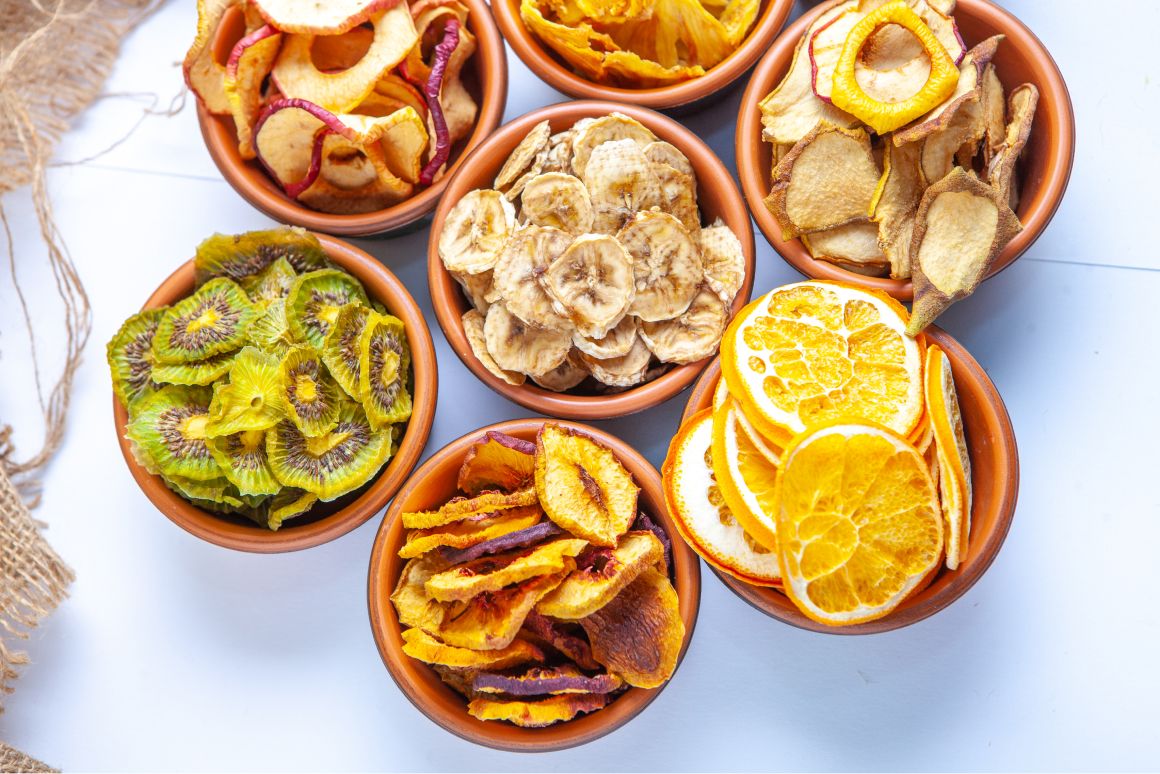
Top 5 Dried Fruit For Weight Loss: Nutrient-rich Picks!
3/06/2024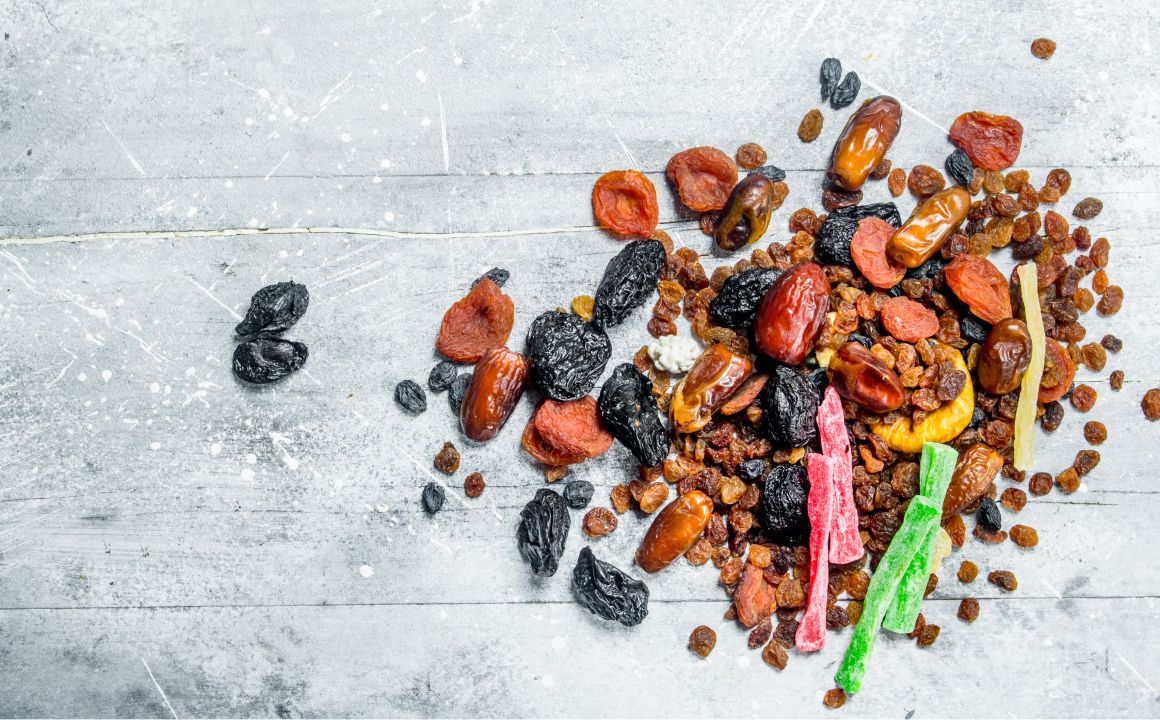
Creative Dried Fruit And Nut Mix Recipes To Satisfy Your Snacking Cravings
3/06/2024
Fried Rice Snack For Quick And Tasty Childhood Treats
3/06/2024
How To Make And Use Dried Passion Fruit For Cocktails?
3/06/2024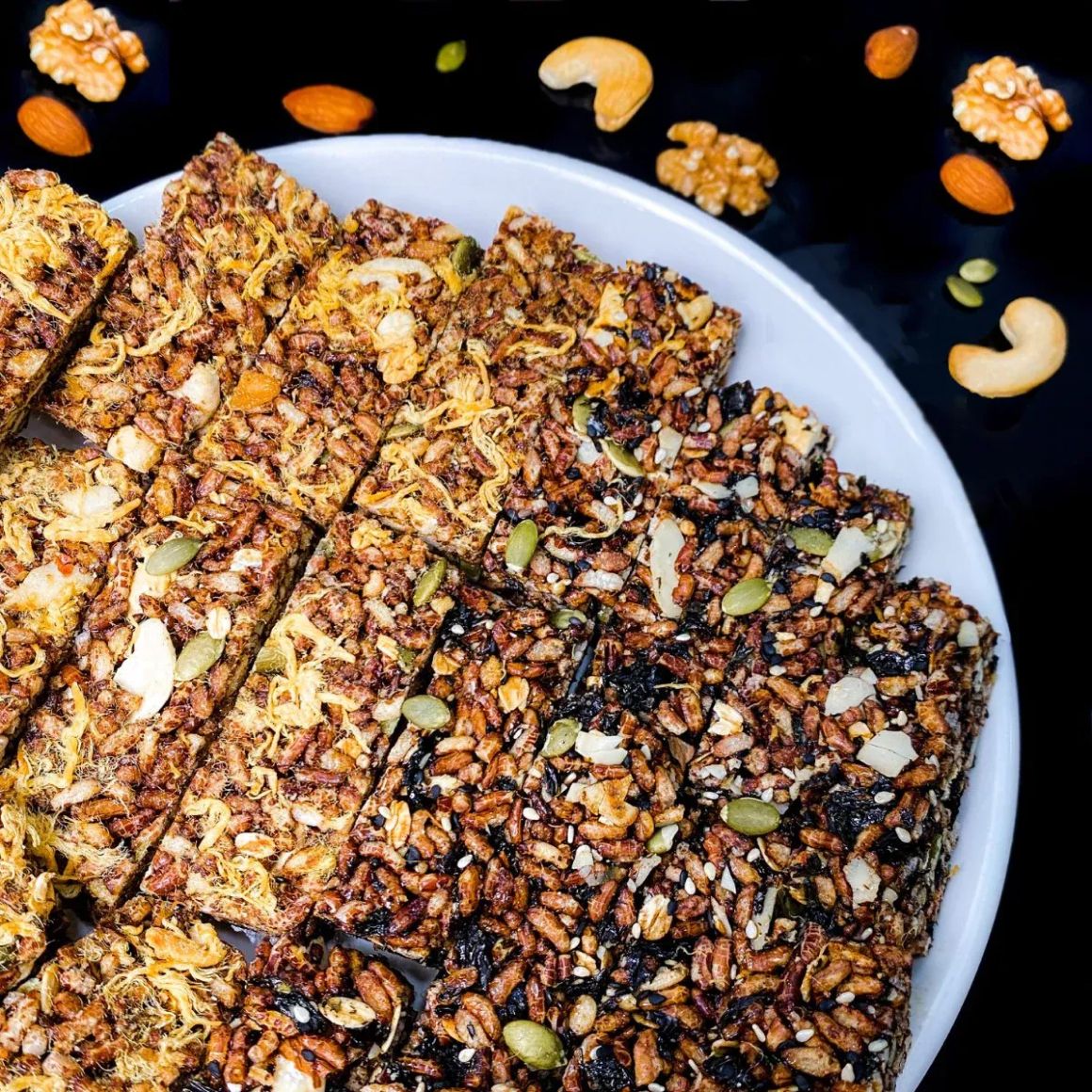
Red Rice Crackers: A Prominent Option For Healthy Snacks
3/06/2024
Top 5 Apricot Wine Food Pairing Recommendations
15/05/2024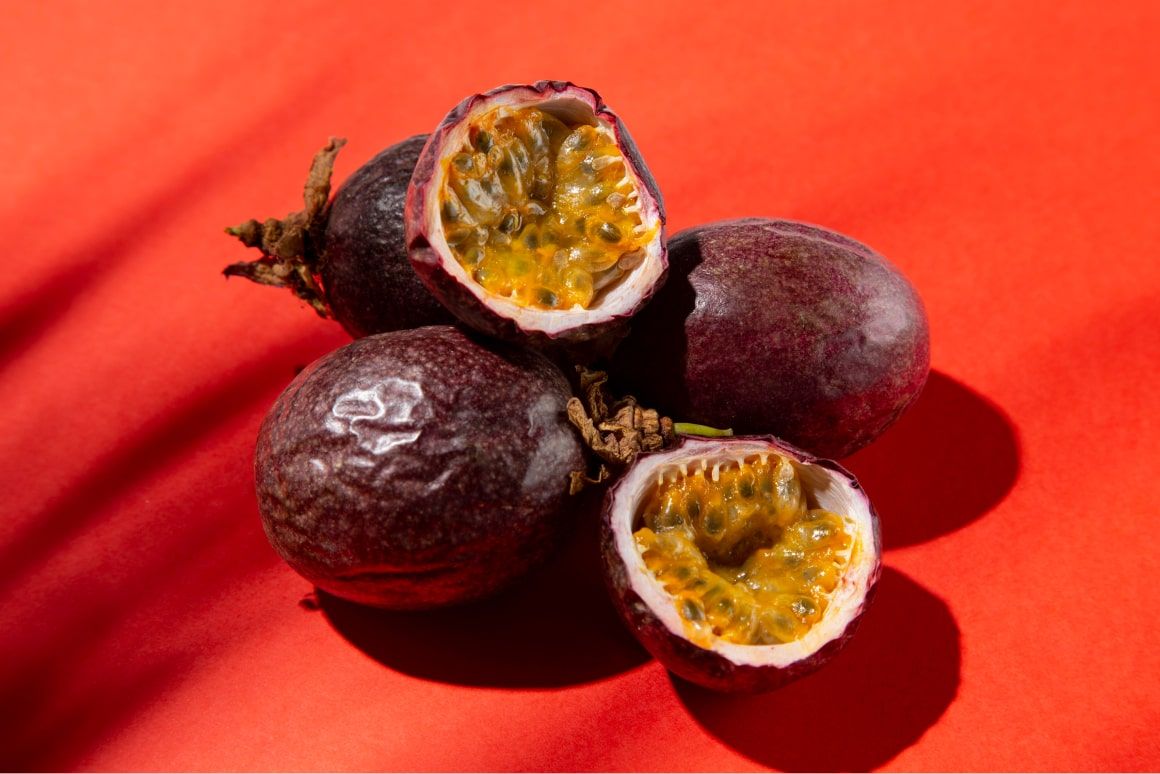
The Nutrition Facts And Health Benefits Of Dried Passion Fruit
13/05/2024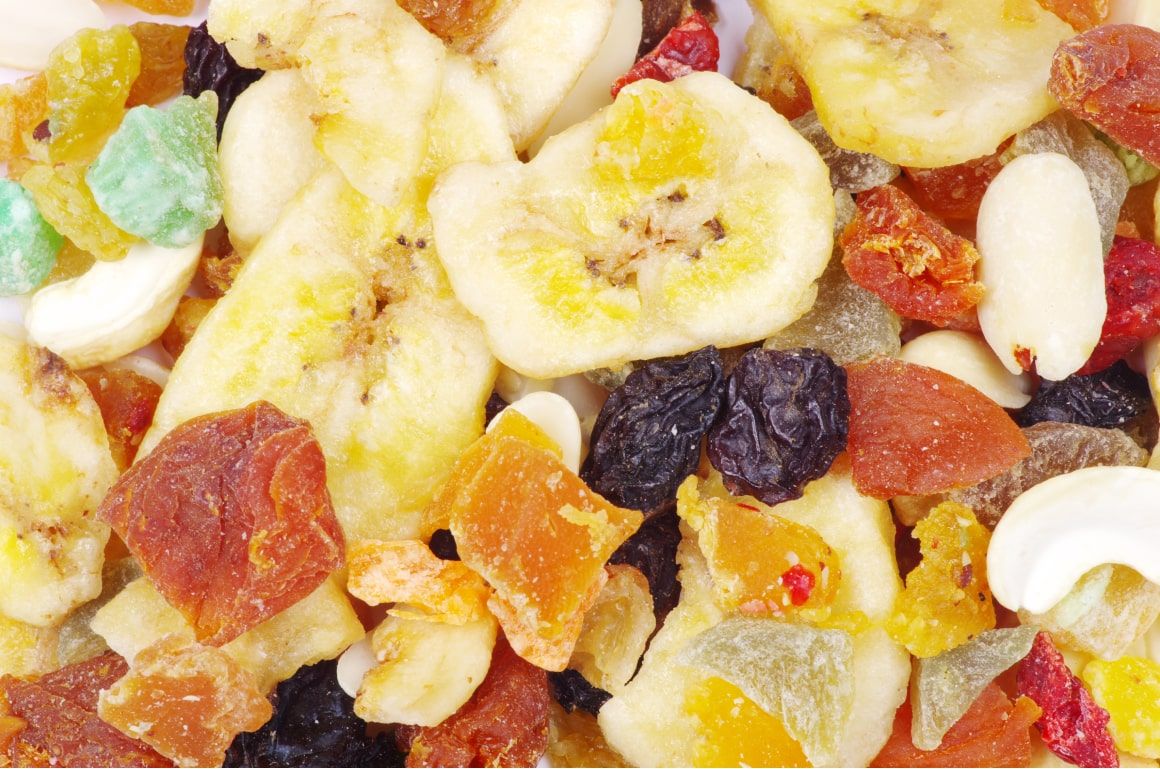
Is Dried Fruit Healthy? Everything You Need To Know
10/05/2024
How To Make Apricot Wine Recipe At Home?
10/05/2024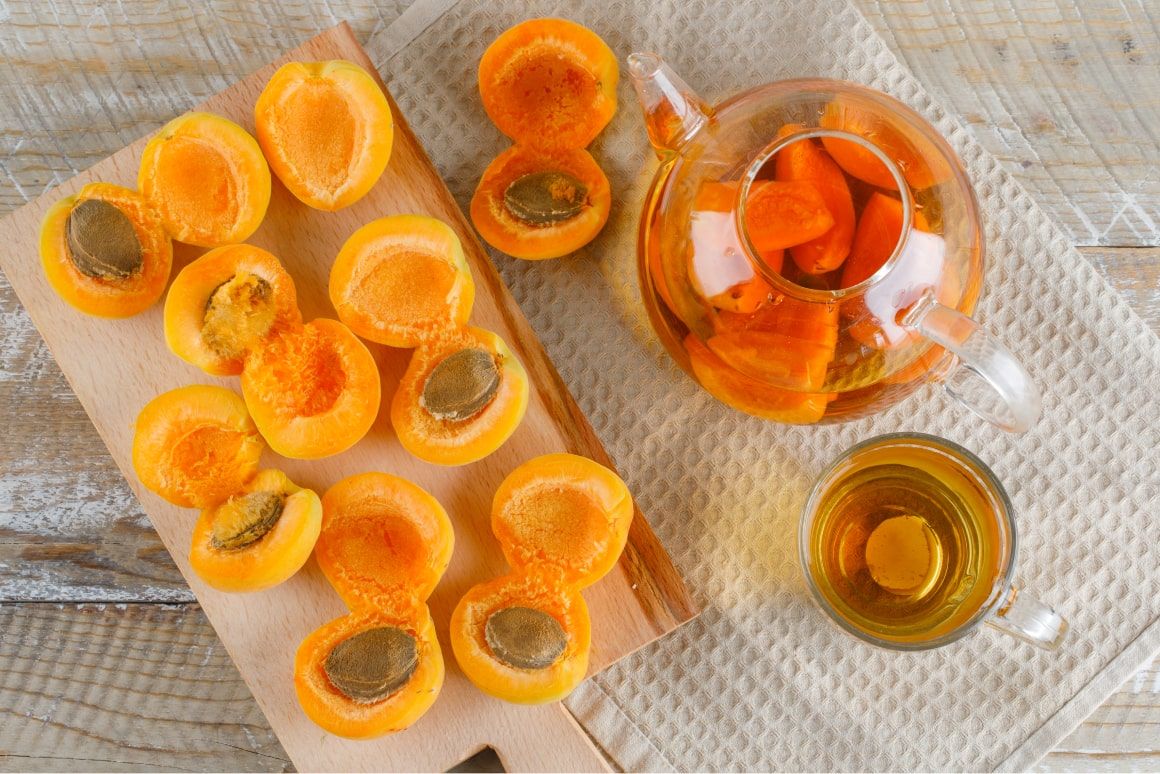
Vietnamese Apricot Wine: Benefits, Flavor and Nutrition
9/05/2024
Healthy Eating Habits: Where to Begin?
12/10/2023
Generation Z: Pioneers of the Healthy Lifestyle
12/10/2023